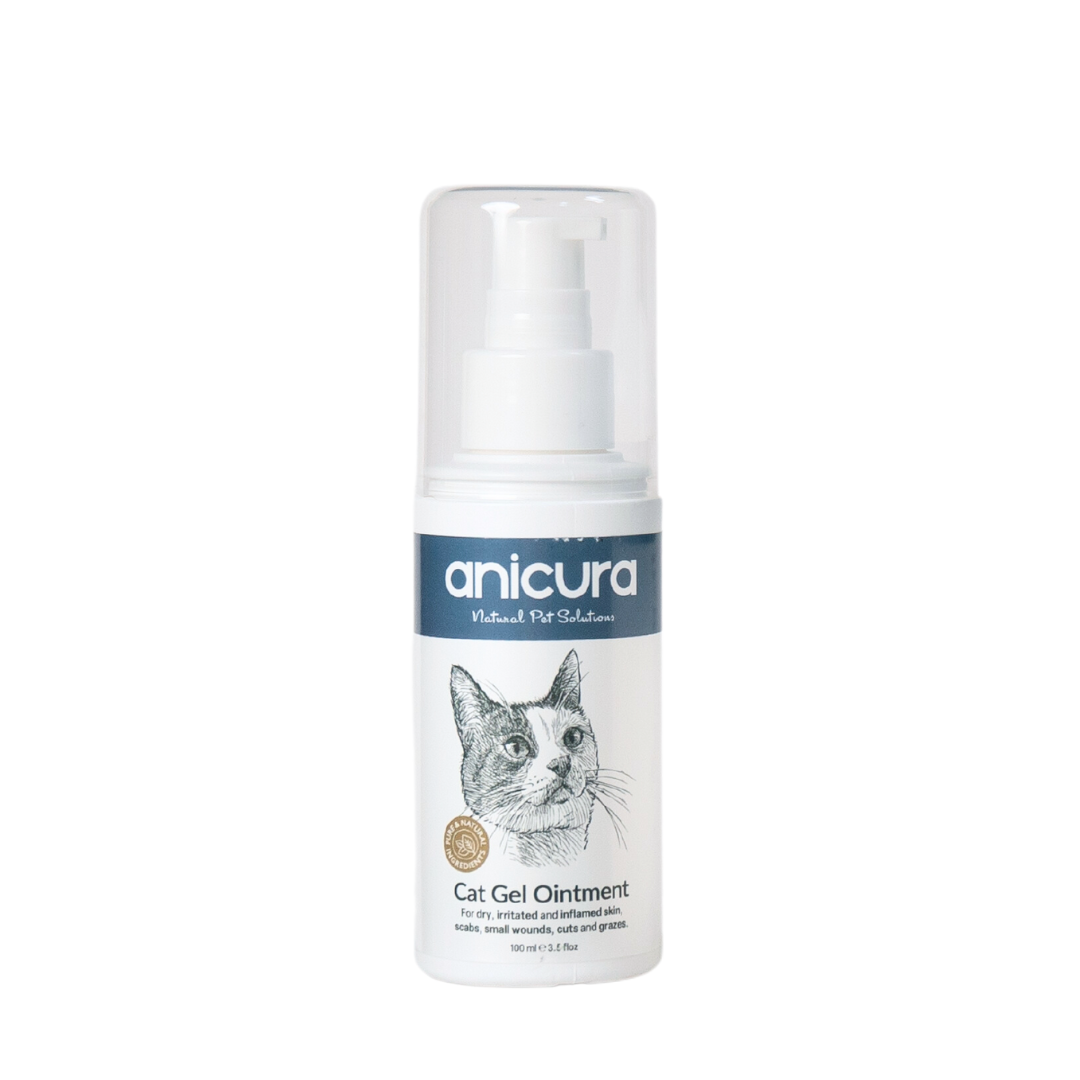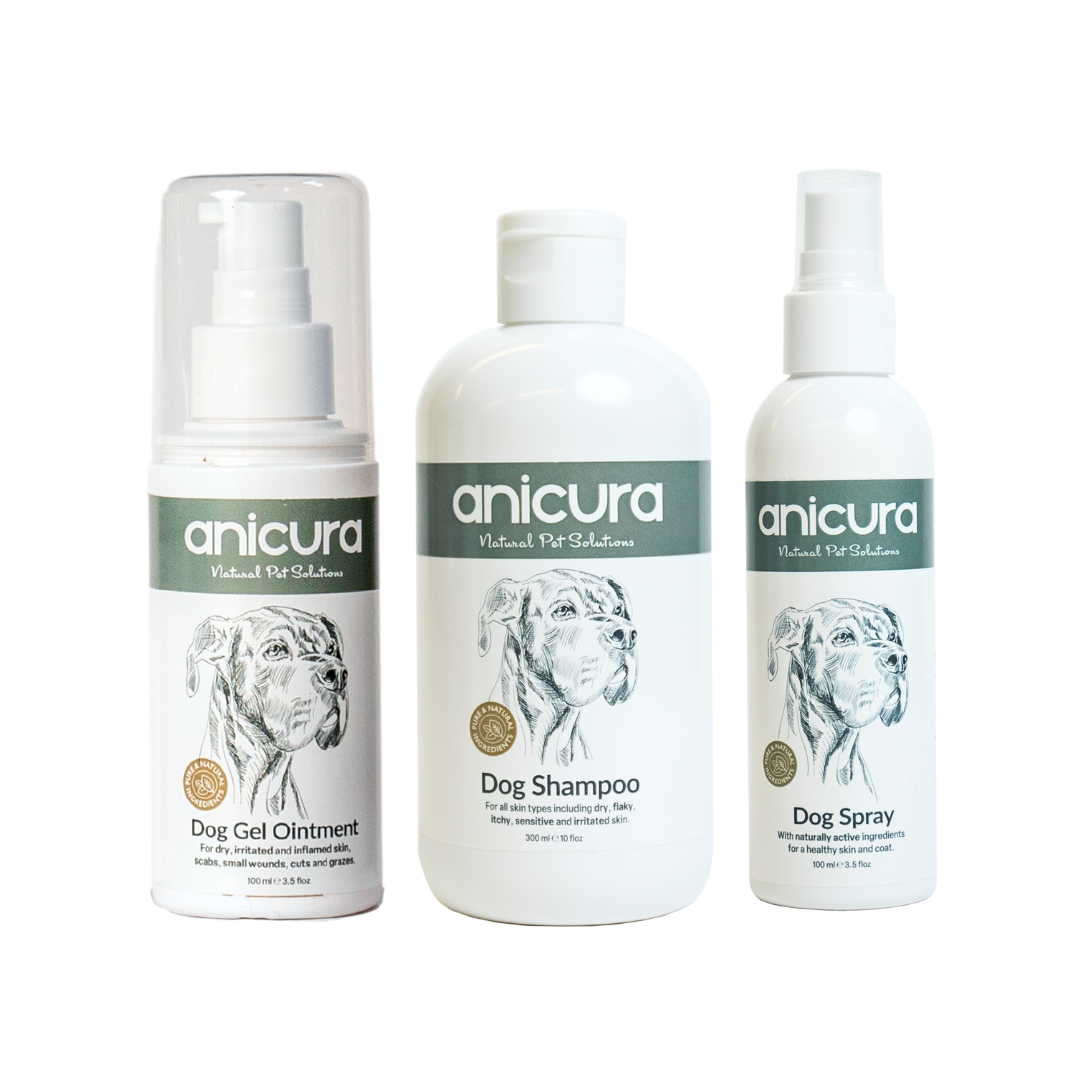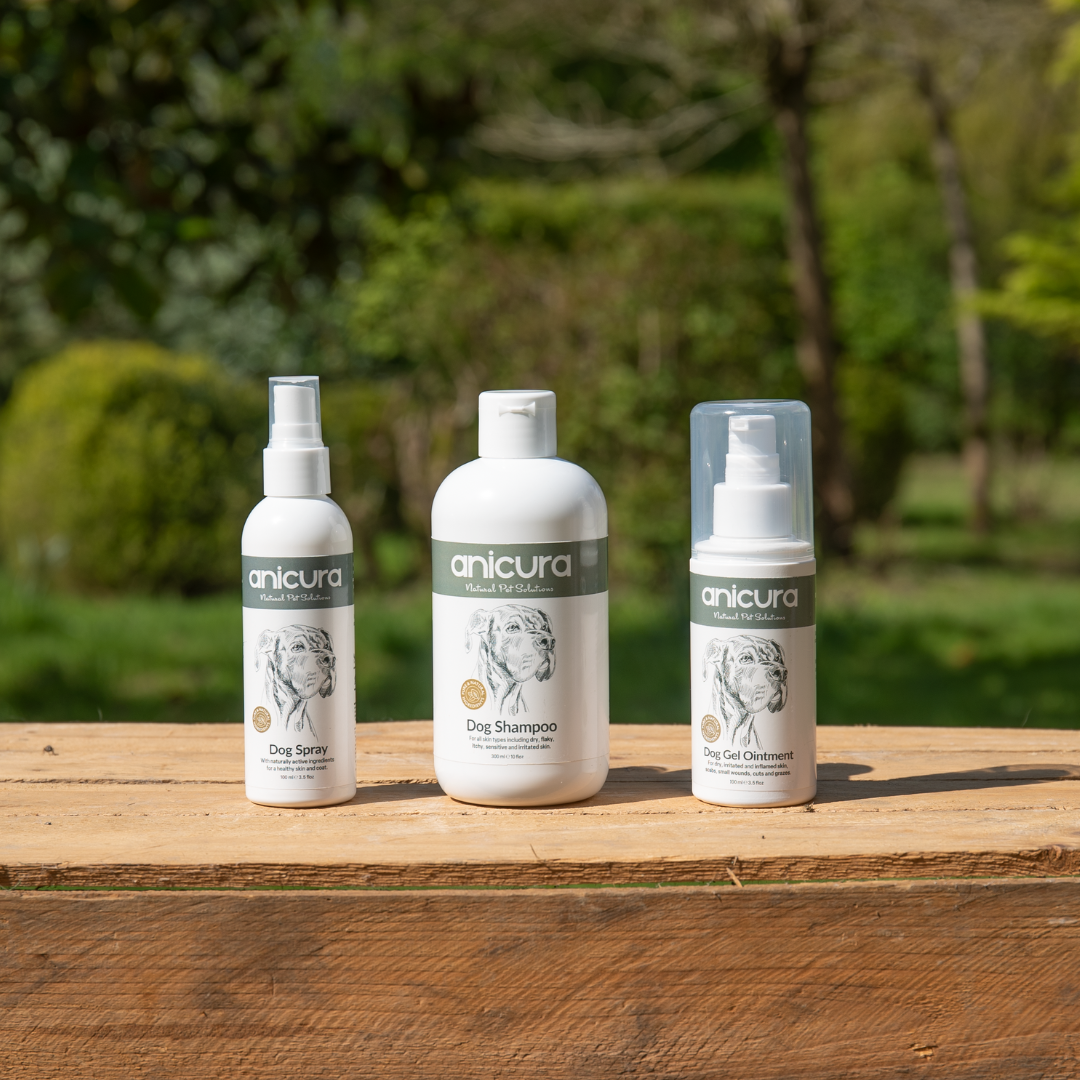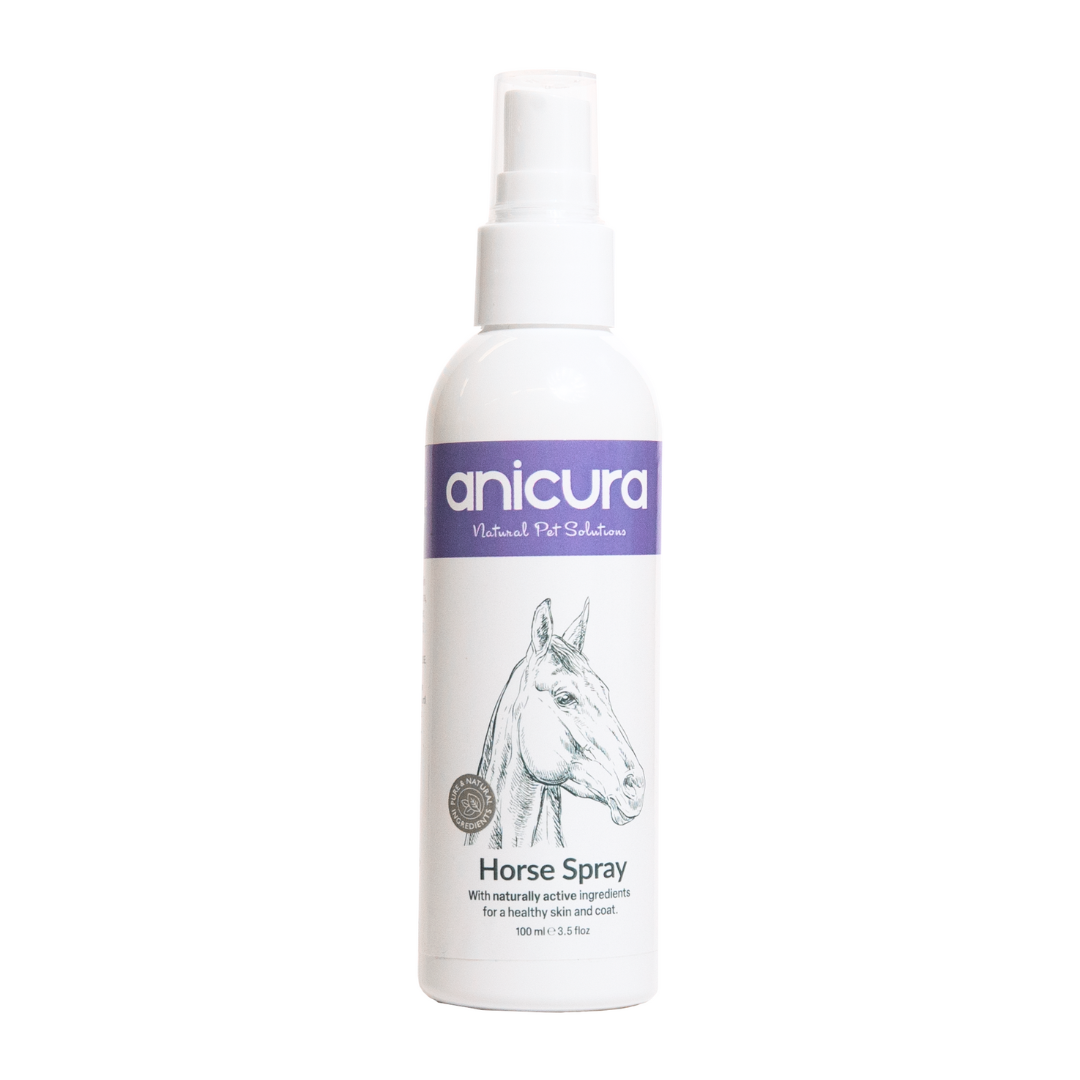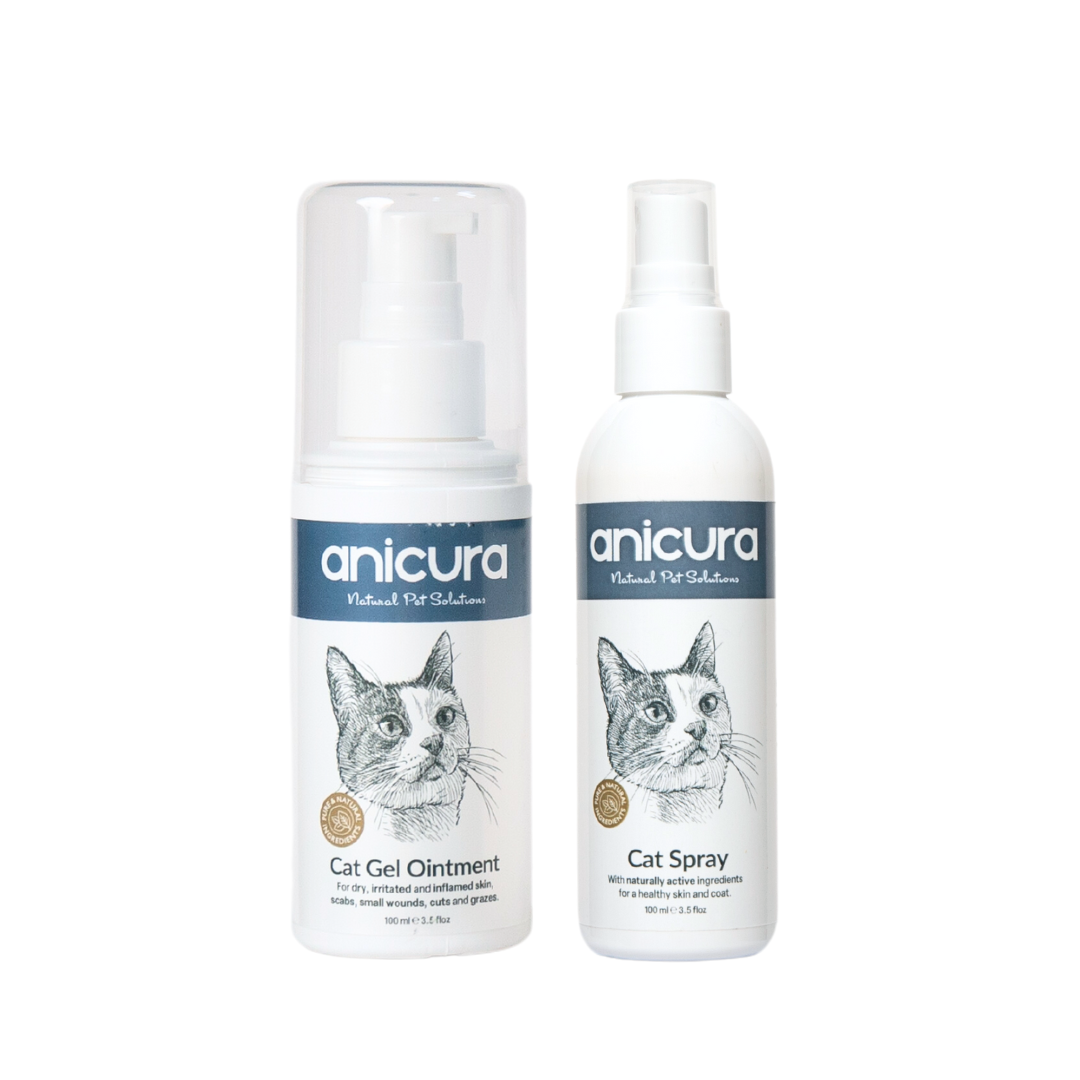It’s officially spring! At Anicura, we’ve thoroughly enjoyed the daffodils popping up, the days getting longer and the occasional sunny spell (of course immediately followed by a spring shower). Unfortunately, for our pets who suffer from spring allergies, spring can mean the start of itchiness, rashes, irritation and endless, endless scratching.
The reason these allergies flare up at the moment is that, in spring, the plant world comes alive again after a long and cold winter. Different plants have different life cycles, but generally spring and summer are the seasons in which plants start releasing their pollen again, causing hay fever in people and similarly, various allergy symptoms in pets.
If you’ve read our blogs before, you’ll know that our first port of call is always to try and avoid your pet coming into contact with the allergen they are reacting to but, obviously, not letting your cat or dog outside to get their exercise or soak up those rays of sun they enjoy so much would not actually benefit their wellbeing. That’s why we’ve compiled our 5 top tips for helping your pet through this season, naturally.
1. Start early
If your pet has seasonal allergies and you’ve had them for multiple years, you’ll most likely roughly know when your pet’s skin may start flaring up. Anything you can do before that time will help – that includes making sure their nutritional needs are met (though this is of course always important!), trying to limit baths (you don’t want to strip the skin of its natural oils, which form a protective layer) and using moisturising products such as our Spray, which strengthens the skin over the course of a few weeks.
2. Wipe your pet’s coat and paws
It may be a bit of a chore, but wiping your pet’s paws and coat with a damp towel or cloth will remove the pollen and dander that is closest to them. Ideally, you would do this throughout the day, but especially after going outside for a walk. You could even give their paws a little cool bath or apply some of our Cat or Dog Gel if their feet are most affected by the allergy – this is usually shown by excessive paw-licking, red hot paw pads and biting their legs.
3. Try to remove pollen and other allergens from your home
People, pets, items and air will bring allergens into your home – this is impossible to avoid. Regularly vacuuming (or even better, if you don’t have carpets, using a sweeper mop) will reduce the amount of allergens in your pet’s direct environment. Washing their bedding regularly in non-perfumed, mild detergent will also help reduce the exposure.
4. Feed your pet a nutritious diet
The majority of the immune system, which triggers the allergy response, is in the gut. Keep it as healthy as possible by avoiding high sugar diets and known allergens. We recommend raw, balanced meals rich in Omega-3 fatty acids, as they can lower inflammatory responses. You could also consider a supplement, but consult your vet before adding any supplements to your pet’s regime.
5. Once the itchiness has started…
Once the scratching has begun, breaking the itch-scratch cycle quickly is key. You can physically cool the area with a damp cloth to calm the hot and inflamed skin. Upping the frequency at which you apply our Spray is also a good idea – we recommend you go up to 3-4 times a day, but there is no maximum. Finally, applying some of our Cat or Dog Gel to any extremely inflamed, sensitive areas or broken skin can be a great way to stop the scratching and rubbing, and set your pet on the path of healing.
Finally, it is important to mention that if you think your pet is experiencing a severe allergic reaction to something, including springtime allergens, seek advice from your vet.
We hope these tips will help you and your pet make the most out of what this wonderful season has to offer!





